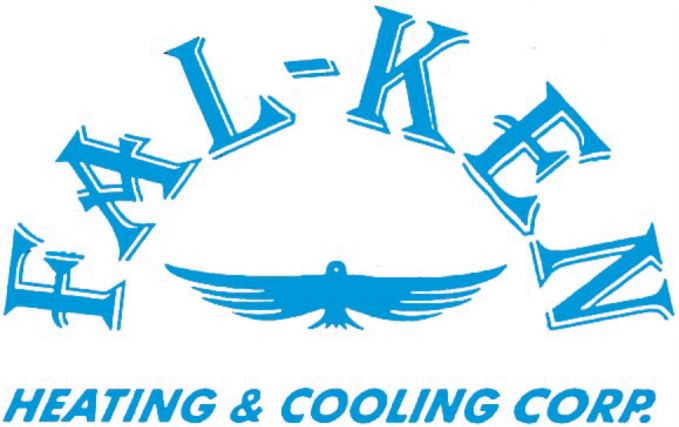
We spend a good majority of our time in our homes. In reality, the Environmental Protection Agency (EPA) has approximated being indoors accounts for 90% of our schedule. Having said that, the EPA also has found your indoor air can be three to five times more polluted than outdoors.
That’s because our houses are tightly sealed to increase energy efficiency. While this is good for your utility expenses, it’s not so great if you’re amid the 40% of the population with respiratory allergies.
When outdoor ventilation is insufficient, pollutants like dust and volatile organic compounds (VOCs) could get stuck. As a result, these pollutants may worsen your allergies.
You can improve your indoor air quality with clean air and regular dusting and vacuuming. But if you’re still having issues with symptoms while you’re at home, an air purifier may be able to help.
While it can’t eliminate pollutants that have settled on your furniture or carpet, it could help clean the air moving around your house.
And air purification has also been scientifically proven to help reduce some allergic symptoms, according to the American College of Allergy, Asthma and Immunology. It could also be helpful if you or a loved one has lung issues, like emphysema or COPD.
There are two models, a portable air purifier or a whole-home air purifier. We’ll examine the differences so you can learn what’s right for your residence.
Whole-House Air Purifier vs. Portable Air Purifiers
A portable air purifier is for a single room. A whole-house air purifier works alongside your heating and cooling unit to purify your entire house. Some types can clean on their own when your HVAC equipment isn’t running.
What’s the Best Air Purifier for Allergies?
Go after an option with a High Efficiency Particulate Air (HEPA) filter. HEPA filters are placed in hospitals and offer the best filtration you can find, as they catch 99.97% of particles in the air.
HEPA filters are even more useful when used with an ultraviolet (UV) germicidal light. This dynamic combination can eliminate dust, dander, pollen and mold, all of which are general allergens. For the ultimate in air purification, think over equipment that also has a carbon-based filter to reduce household vapors.
Avoid using an air purifier that creates ozone, which is the main component in smog. The EPA advises ozone may irritate respiratory issues, even when released at low concentrations.
The Allergy and Asthma Foundation of America has created a checklist of questions to think over when purchasing an air purifier.
- What can this purifier extract from the air? What doesn’t it extract?
- What’s its clean air delivery rate? (A bigger number means air will be cleaned faster.)
- How frequently does the filter or UV bulb need to be replaced]? Can I complete that without help?
- How much do new filters or bulbs cost?
How to Lessen Seasonal Allergy Symptoms
Want to have the {top|most excellent|best] performance from your new air purification system? The Mayo Clinic advises taking other procedures to reduce your exposure to problems that can cause seasonal allergies.
- Stay inside and keep windows and doors closed when pollen counts are high.
- Have other household members mow the lawn or pull weeds, since this work can trigger symptoms. If you must do this work alone, consider wearing a pollen mask. You should also shower without delay and put on clean clothes once you’re done.
- Avoid drying laundry outside.
- Run air conditioning while indoors or while driving. Consider using a high efficiency air filter in your home’s HVAC unit.
- Balance your residence’s humidity percentage with a whole-house dehumidifier.
- Hardwood, tile or linoleum are the suggested flooring kinds for lowering indoor allergens. If your residence has carpet, add a HEPA filter on your vacuum cleaner.
Let Our Specialists Handle Your Indoor Air Quality Needs
Prepared to progress with installing a whole-house air purifier? Give our professionals a call at 631-460-5159 or contact us online to request an appointment. We’ll help you choose the best unit for your house and budget.
